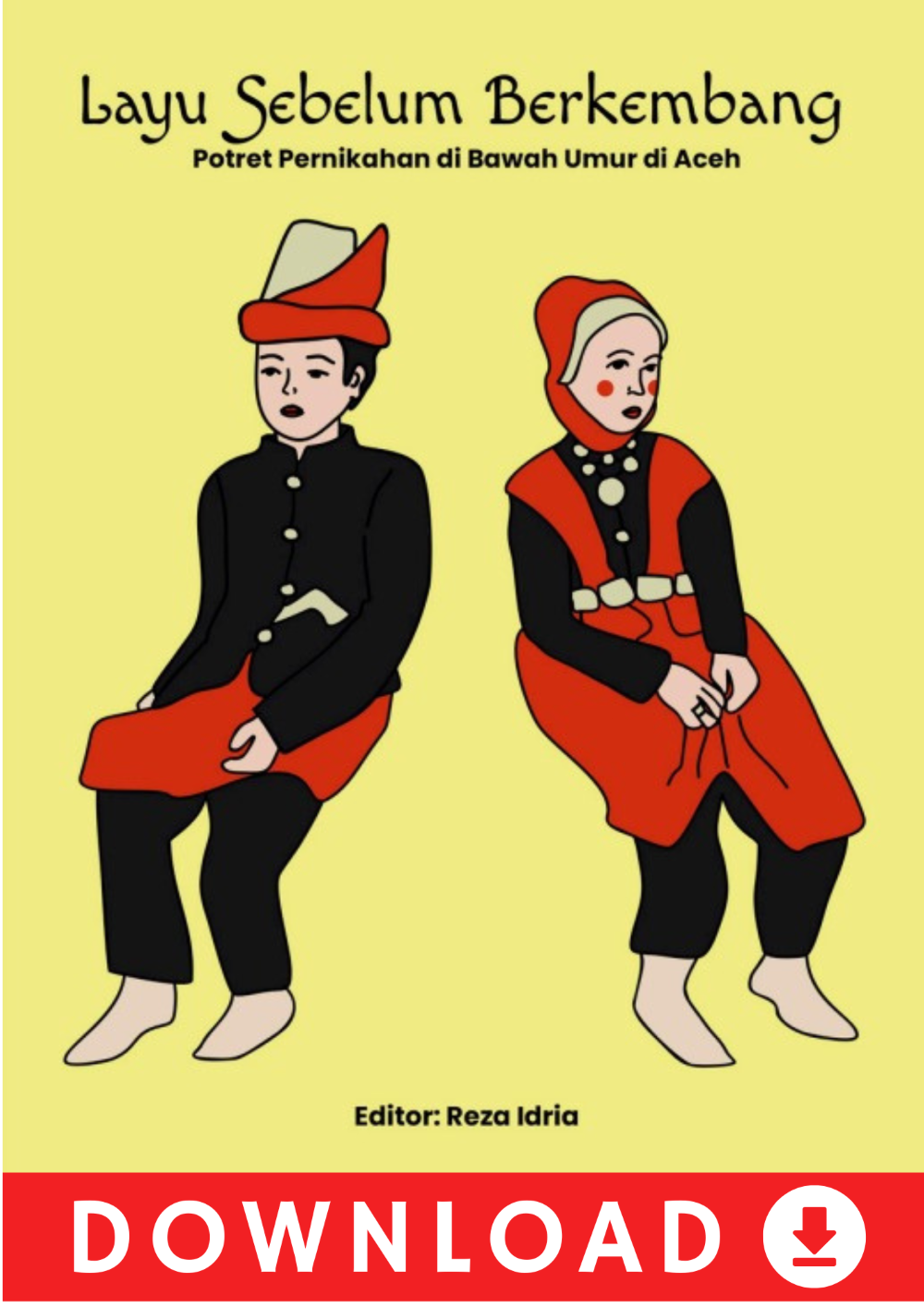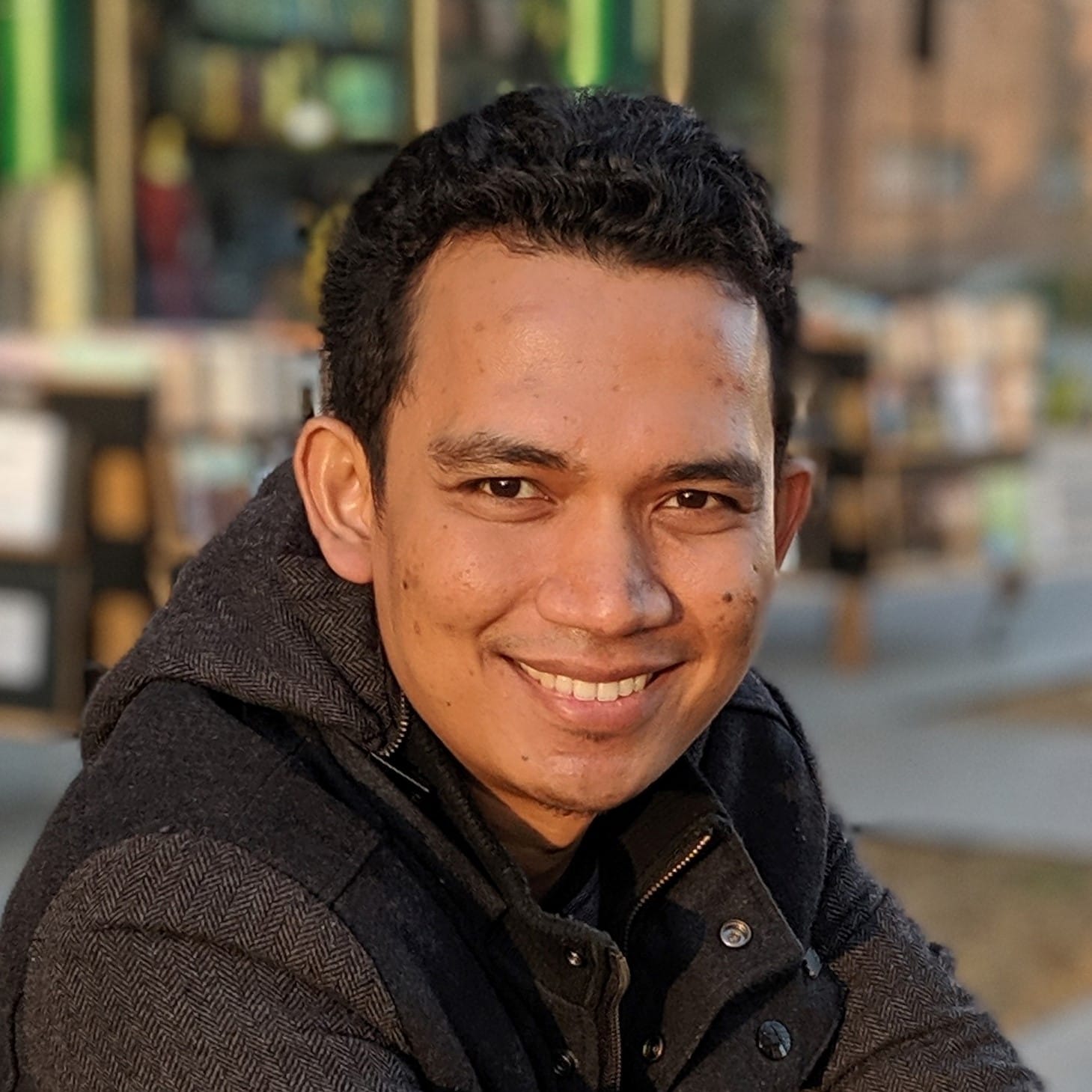
online on ICAIOS Facebook Page.
Losing Resilience, Enhancing Vulnerability: Post-recovery Development and Paradox of “Build Better Back”
Makoto TAKAHASHI
Abstract:
Post-disaster recovery is seen as a process from devastation to (re-)creation of space, interacting with changing local society. Different countries/regions have different post-disaster landscapes, depending on different recovery strategies related to different scales and kinds of damage, and reflecting/reflected in their underlaying notions and structures of disaster risk governance. From the perspective of critical human geography, this talk discusses what kinds of landscape have been created during the recovery process, how these are related to the notion of disaster risk reduction, and what these have impacted on the local society, focusing on the 2011 Tohoku earthquake (Great East Japan earthquake) in comparison with the recent mega-earthquake disasters in humid Asia, including the 2004 Sumatra earthquake. Finally, it points out a kind of paradox of “build back better” that is brought about by some gaps between developed technology and enhanced vulnerability.
Disaster upon Disaster in the Rural-urban Fringe Following the Great East Japan Earthquake
Kenji MUROI
Abstract:
Although many studies have been conductedsince the Great East Japan earthquake, most have focused only on recovery processes in particular affected areas. However, southern Miyagi Prefecture belongs to the rural-urban fringe of the Sendai Metropolitan Area; hence, disaster reconstruction in this area is closely related to the urban system and long-term land development. Based on these ideas, this paper explores the interaction between wider social trends and the disaster reconstruction process. The results indicate that disaster reconstruction in this area was an extension and acceleration of existing social trends such as “selection and concentration” and “intensification of agricultural competitiveness” as a whole. However, there is a unique agricultural land-use system and related community organization rooted in the peculiar history and environmental conditions of this area. Existing disaster reconstruction policies do not pay sufficient attention to such historical contexts, which has caused several conflicts and problems. Disaster studies should pay careful attention to such tensions between wider political trends and local historical contexts while focusing on land-use changes.













